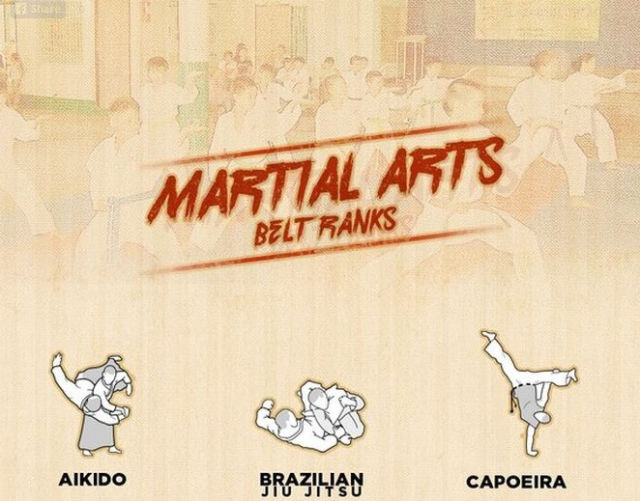Untangling The Mystery Of Multiple Fighting Style Techniques: An Overview To Martial Arts, Taekwondo, And More
Untangling The Mystery Of Multiple Fighting Style Techniques: An Overview To Martial Arts, Taekwondo, And More
Blog Article
Content Author-Childers Weiner
Are you tired of sensation bewildered by the vast globe of fighting styles? With many designs to pick from, it can be easy to get shed in a sea of punches, kicks, and strange names. Yet worry not!
This discussion will demystify the different fighting styles styles, taking you on a trip from the effective strikes of Karate to the vibrant kicks of Taekwondo. Prepare yourself to discover the origins, methods, and approaches behind these old art types.
So, tighten best martial art for street fight and prepare to embark on an enlightening exploration into the captivating world of martial arts.
Beginnings of Martial Arts Styles
The origins of fighting styles styles can be traced back to old human beings and their requirement for protection and battle strategies. Throughout history, various cultures created their very own one-of-a-kind methods of fighting, each with its very own set of methods and philosophies.
In China, for instance, fighting styles styles such as Kung Fu and Tai Chi were established as a means of protection and boosting physical and mental well-being.
In Japan, the samurai warriors developed styles like Martial arts and Judo, concentrating on self-control, accuracy, and proficiency of the body.
Similarly, in Korea, Taekwondo became a fighting style emphasizing high kicks, fast motions, and psychological fortitude.
These early human beings laid the structure for the diverse selection of martial arts styles that exist today, each with its own rich background and cultural value.
Strategies and Training Methods
To master fighting styles designs, professionals must learn numerous methods and training methods.
Strategies are the particular activities and actions made use of in battle, such as punches, kicks, tosses, and obstructs. Different martial arts designs have their very own distinct set of methods that professionals must master through extensive training.
Training approaches differ depending upon the design, yet they usually involve a combination of physical conditioning, drills, sparring, and forms.
Physical conditioning is important to develop strength, adaptability, and endurance. Drills help experts refine their techniques and boost their speed and accuracy.
Sparring allows professionals to exercise their strategies in a controlled, sensible atmosphere. Forms, likewise referred to as kata, are deliberate sequences of movements that aid professionals create muscle mass memory and emphasis.
Ideologies and Principles
Discovering the philosophies and concepts of martial arts styles can supply you with a much deeper understanding of your selected discipline. Each fighting style has its own distinct viewpoint and set of leading principles that form the way it's exercised.
As an example, Martial arts stresses discipline, respect, and self-constraint. It teaches experts to concentrate their body and minds, allowing them to safeguard themselves while preserving a sense of inner tranquility.
On the other hand, Taekwondo positions a solid emphasis on speed, dexterity, and adaptability. Its concepts are rooted in the tenets of politeness, honesty, perseverance, self-control, and unbeatable spirit.
Final thought
Since you've explored the origins, methods, and approaches of numerous fighting styles styles, you have a deeper understanding of these old techniques.
Think of why do martial arts cost so much , exercising with unwavering decision and emphasis, appearing boards with a powerful punch.
Their trip showcases the commitment and stamina needed to master a martial art, advising us that with technique and perseverance, anything is feasible.
